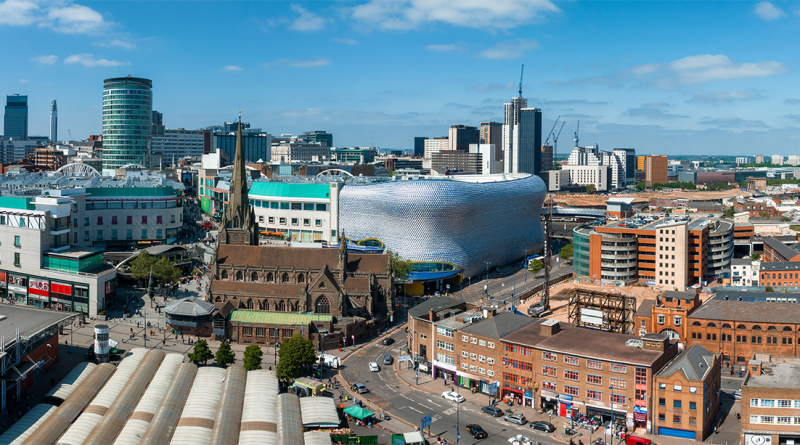Inside Birmingham’s Bold Urban Transformation Shaping a Sustainable and Connected City
Birmingham, historically known as the heart of Britain’s industrial revolution, is now embracing urban regeneration to become a modern, forward-thinking city. With major investments, including £1 billion in urban development projects over the past decade, the city’s transformation is rapidly taking shape.
Key projects like the Paradise development, which alone accounts for £700 million, are leading this charge, reshaping Birmingham’s infrastructure and economy to meet the demands of the 21st century. The city aims to balance its rich history with cutting-edge development initiatives that will redefine its future.
Major Projects Powering Birmingham’s Transformation
The Smithfield Birmingham Project, covering 17 hectares, is one of the most impactful developments. Once a neglected part of the city, Smithfield will soon house 3,000 new homes, provide 8,000 jobs, and host retail and leisure spaces designed to attract 1.5 million visitors annually.
Alongside this, the Paradise project is in its second phase, adding 1.5 million square feet of commercial space to the city’s core. Both projects highlight Birmingham’s commitment to regeneration and smart city planning, placing it at the centre of the UK’s urban redevelopment efforts.
Birmingham’s construction boom extends beyond infrastructure—it’s also a catalyst for economic growth. New housing opportunities, retail hubs, and cultural spaces are being developed, creating vibrant new districts that benefit local communities. Projects like Smithfield are poised to generate substantial economic activity, with experts estimating the creation of 8,000 jobs in the coming years. Despite the positive outlook, rapid development can bring challenges, such as the risk of displacing long-standing residents and putting pressure on public services and infrastructure.
Sustainable Architecture and the Future of Birmingham’s Skyline
Sustainability is a key priority for Birmingham’s ongoing regeneration. The Smithfield and Paradise projects are designed with environmental impact in mind, targeting a 50% reduction in carbon emissions by 2030. Green energy solutions, energy-efficient materials, and an emphasis on public green spaces have been woven into the city’s construction blueprint.
Birmingham’s sustainable development vision extends beyond just energy efficiency—it also aims to enhance the quality of life for its residents. Planners are incorporating green spaces and promoting walkability throughout the city to reduce reliance on cars and encourage healthier lifestyles. The inclusion of urban parks and public gathering spaces makes the city more accessible, inviting, and ecologically sound.
Smart technology is playing a critical role in Birmingham’s sustainability goals. Buildings in the Smithfield and Paradise projects are being equipped with advanced energy monitoring systems and intelligent lighting solutions, helping to minimize energy waste. These innovations reflect a larger trend towards ‘smart cities, where technology is used not only to improve efficiency but also to create sustainable urban environments.
As Birmingham’s skyline continues to evolve, its approach to sustainable architecture will set a precedent for urban developments nationwide. These eco-conscious projects are not only about reducing environmental impact but also about attracting future investment in green technologies.
Birmingham’s metamorphosis is a model for other cities aiming to balance economic growth, community benefits, and environmental sustainability. Projects like Smithfield and Paradise showcase how a city can respect its industrial heritage while planning for a green, inclusive, and prosperous future. As these initiatives reach completion, Birmingham is emerging as a blueprint for urban regeneration, creating opportunities and infrastructure that other UK cities—and the world—can look to for inspiration.
Sources:
